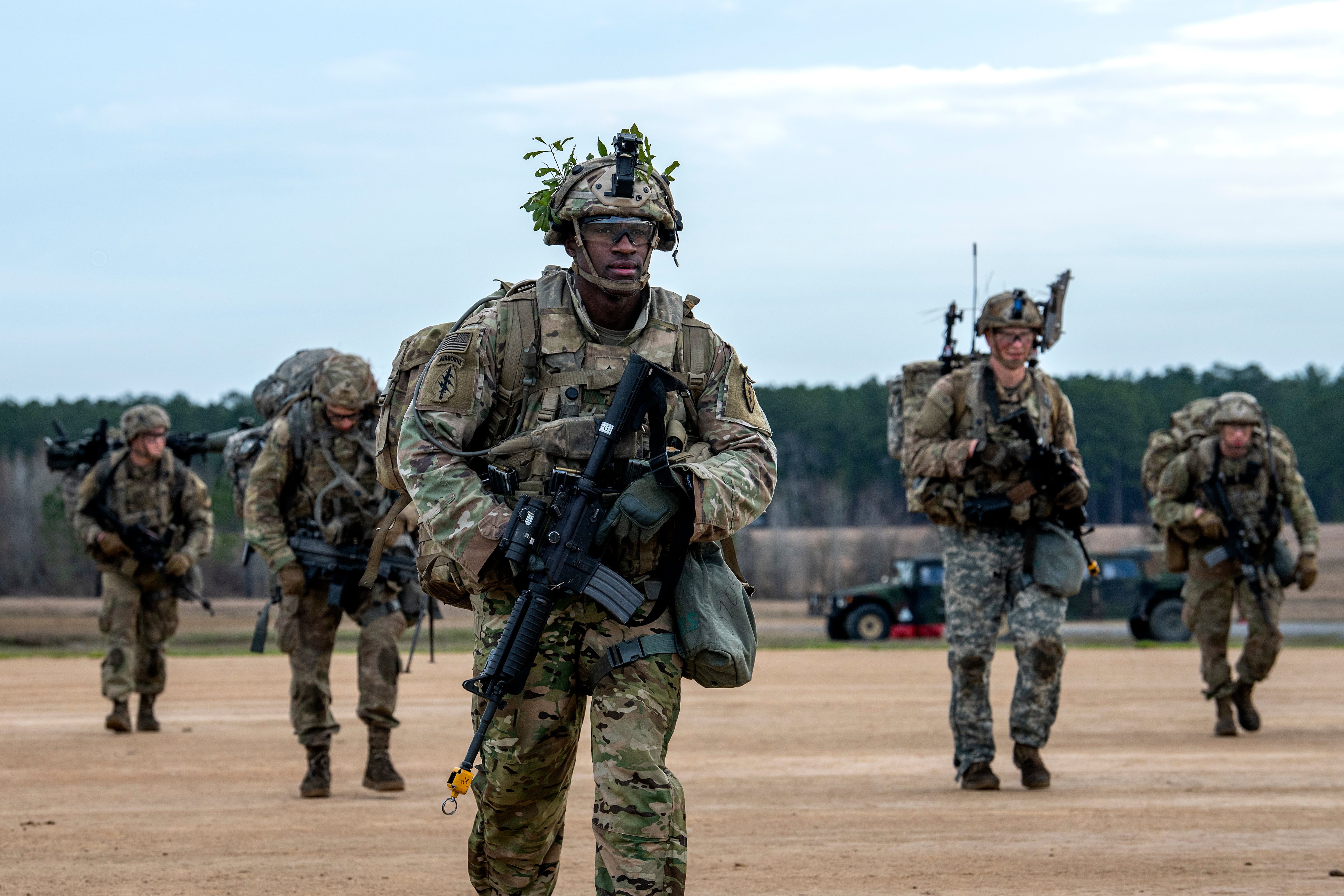The Army is trying to figure out how to fund modernization goals under what leaders expect will be a flat budget with rising personnel and operational costs in the years to come.
When inflation is factored in, the Army’s real purchasing power is actually decreasing, according to Lt. Gen. Thomas Horlander, the Army’s top financial management officer.
To trim the fat, the service has been going through so-called “night court” reviews, in which leaders evaluate programs every year and cut legacy systems in order to fund priorities like long-range precision fires, future vertical lift and soldier lethality.
As the service’s modernization programs enter pilot tests and are fielded to troops, the Army expects many more night court sessions.
“If you thought some of these decisions that we’ve made here in the last couple years were tough, I will tell you, there’s some difficult decisions on the horizon,” Horlander said Tuesday at the Association of the U.S. Army. “When you factor in inflation, [the budget] is actually a downturn in real purchasing power over the last few years. This year it’s about a 1 percent downturn in real purchasing power. We need real purchasing power growth of 3 to 5 percent."
Modernization so far hasn’t sapped the size of the Army, which is still steadily growing. The Army’s intended end-strength goal for fiscal year 2020 is 485,000 active duty troops. The 2021 budget calls for that to grow to 486,000 soldiers, with similar growth in years to come.
“We’re going to have modest growth of about 1,000 soldiers per year for the next four or five years,” Maj. Gen. Paul Chamberlain, director of the budget at the office of the assistant secretary of the Army, said Feb. 10.
RELATED

Many defense analysts have acknowledged a looming reality if future budgets stay flat: The Army will have to look at the rising costs of current wars combined with manning and maintaining its large force, which surpasses one million soldiers when reservists and guardsmen are combined with those on active duty.
Operations and personnel costs take up roughly two-thirds of the Army’s $178 billion budget request for fiscal 2021. The budget brought along a 4.8 percent increase in personnel costs thanks in part to a well-deserved increase in soldier pay, as well as a 3.6 percent increase in operations and maintenance costs, according to slides Horlander presented Tuesday. For comparison, procurement and research for new technology only grew by 0.3 percent, the slides showed.
“We can’t just focus on research, development, acquisition; we can’t just focus on end-strength and people; we can’t just focus on readiness. We have to strike that balance,” Horlander said. “Therein lies the challenge."
Although Horlander didn’t address the possibility of cuts to force structure — like those seen during the Barrack Obama administration — the idea is certainly already floating around Washington, D.C., as budget battles loom.
“I won’t sugar-coat it, there are going to be some hard decisions in the future," Horlander added.
Analysts with the Center for Strategic and International Studies wrote in a February report that while the night court reviews and changes to combatant command force allocations are helpful, those appraisals “must aim for more than simply trimming fat."
Instead, they need to “look to arrest the rising personnel and operation and sustainment costs that consume an ever-larger share of the defense budget each year,” the report reads.
The Army once planned to grow to a 500,000-soldier active duty force by 2028. Although recruiting and retention woes have plagued the service as it marches toward that end-strength goal, the Army chief of staff and service secretary haven’t said they’re curtailing their recruiting efforts.
“Strategists often argue for cuts to Army end-strength because the Pacific is primarily an air/maritime theater and because large wartime deployments to Eastern Europe would be difficult,” CSIS analyst Mark F. Cancian wrote in the February report. “The Army, however, argues that it will still be a major player in a great power conflict and is stretched by deployments in peacetime. Thus, it will likely try to hang on to its modest force expansion plans.”
Kyle Rempfer was an editor and reporter who has covered combat operations, criminal cases, foreign military assistance and training accidents. Before entering journalism, Kyle served in U.S. Air Force Special Tactics and deployed in 2014 to Paktika Province, Afghanistan, and Baghdad, Iraq.




